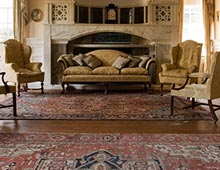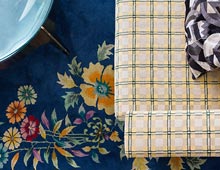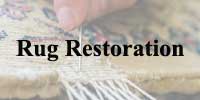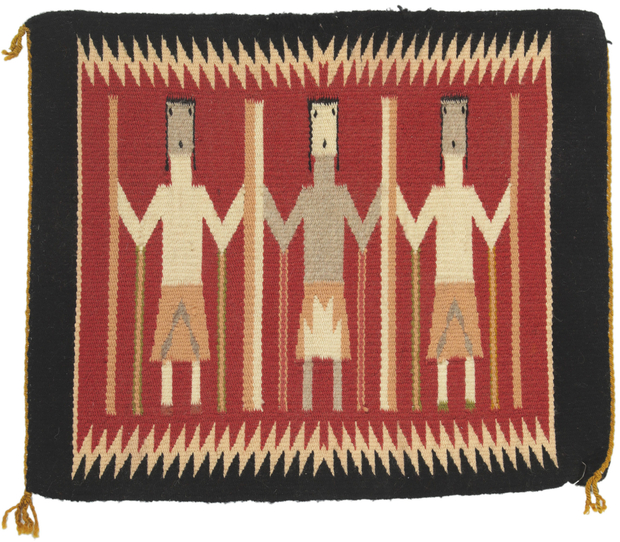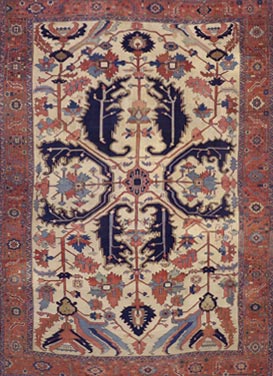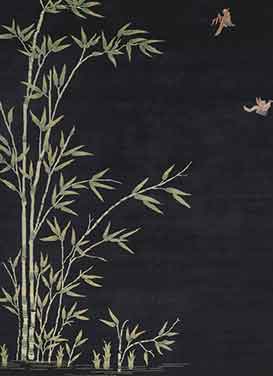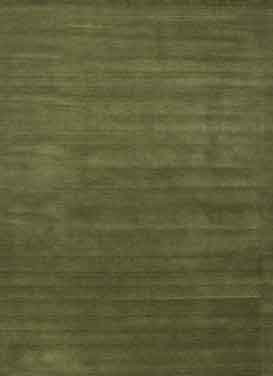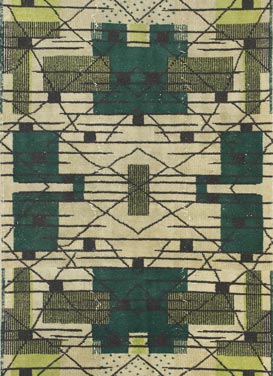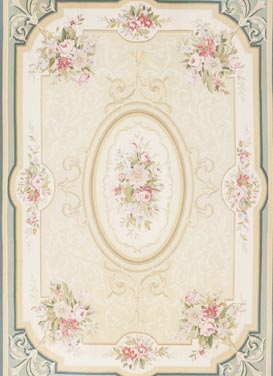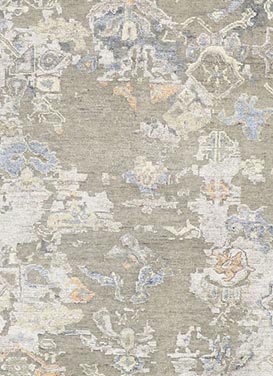- Inquiry
Description
78426 Antique Navajo Yeibichai Rug, 01'06 x 01'10.
Woven with reverence and ceremonial memory, this handwoven wool antique Yeibichai Navajo rug summons the sacred rhythms of the Nine-Night Chant. With three dignified dancers standing in procession across a radiant red field, the textile captures a fleeting moment from an ancient winter healing ceremony—transposed from sand, song, and spirit into enduring wool. Each dancer is rendered with geometric precision: elongated arms outstretched, staff in hand, skirts echoing sacred regalia. The central figure, depicted in a muted gray, may symbolize Talking God, the leader of the Yeibichai dancers, while the two flanking white-bodied dancers stand as harmonizing guardians. Their upright, symmetrical stances speak of balance between earth and sky, tradition and renewal.
The rhythmic repetition of figures, paired with vertical sacred staffs and flanking fringe kilts, evokes the beat of the gourd rattle and the chants that rise into the stillness of the desert night. Around them, a jagged zigzag border, reminiscent of lightning or the protective edge of a ceremonial sand painting, encases the composition. The border is not mere decoration—it is a spiritual safeguard, a conduit between the woven world and the mythic realm it honors. Woven in vegetal and early aniline dyes, the bold palette of brick red, black, ivory, and earthen tones lends warmth and solemnity, while subtle olive green accents around the legs add the echo of sacred plant life, perhaps symbolizing the corn pollen path.
This Yeibichai rug likely emerged from the looms of a Dine weaver in the early decades of the 20th century, a time when Yeibichai rugs began to flourish under the encouragement of traders and collectors who recognized their unique fusion of cultural significance and visual power. Yet despite outside interest, these weavings remained deeply personal, spiritual objects. They are never exact replicas of ceremonial scenes, but rather respectful interpretations—offering glimpses of healing rites rarely seen by outsiders. The inclusion of Yeibichai dancers, with their sacred movements and painted faces, demonstrates the weaver's deep understanding of tradition and the careful line between reverence and expression.
As both textile and testimony, this Yeibichai rug stands as a tactile song-line, its woolen threads vibrating with the hum of chants, the stomp of dancers, the flicker of firelight on ancestral faces. It is not merely a weaving; it is a woven memory of ceremony and spirit, a visual invocation of hozho—the Navajo principle of balance, beauty, and harmony. Each figure remains upright not only in posture, but in purpose: to honor healing, to bridge the physical and the divine, and to hold the stories of the Dine in fiber and form for generations to come.
- Rendered in variegated shades of red, beige, black, orange, tan, and brown with other accent colors.
- Abrash.
- Handwoven wool.
- Made in America.
- Measures: 01'06 x 01'10.
- Date: 1920s. Early 20th Century.



